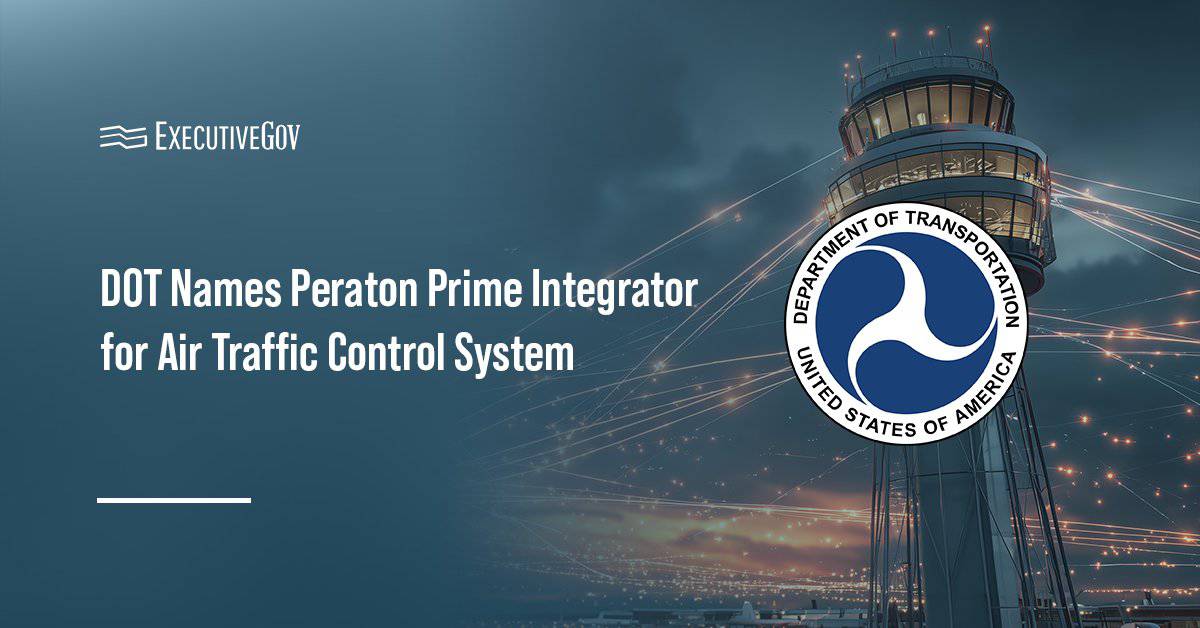
Paul Beckman, chief information security officer at the Department of Homeland Security, said agencies must adopt multifactor authentication to prevent unauthorized access, Cyberscoop reported Tuesday.
Beckman said at the Zero Trust Security Summit that he uses a second factor as an additional layer of security for email account logins. Second factor examples include authentication text messages.
“We need to get to a better way to consolidate that and make it easier to manage our credentials,” he said at the event sponsored by Fedscoop and Cyberscoop.
The CISO also noted that both his personal and DHS email accounts have security risks, as warned to him by the “Have I been Pwned?” website. The website notifies users about email security risks.
He said second factor authentication blocks hackers from unauthorized access despite identified risks.





